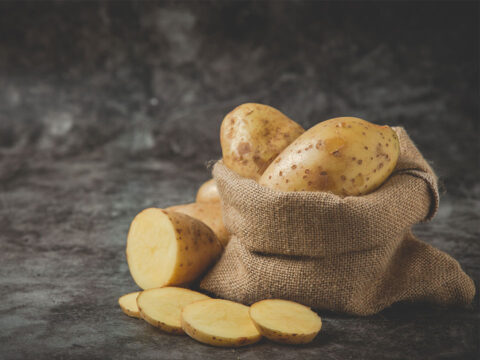
Understanding Portion Control in Type 2 Diabetes Management
February 11, 2022
Understanding and Managing the Risk of High Blood Pressure in Diabetes
February 14, 2022Even making minor changes to your diet can help you ward off the risks for diabetes-induced heart disease. You can successfully protect your blood vessels and heart by incorporating food choices that include healthy fats as a replacement for less-healthy ones. In addition, if you have a combination of diabetes and high blood pressure, you must cut down on foods that have a high content of sodium, which can make a significant difference. Therefore, if you are seeking the best diet for diabetes and heart disease, your search ends here.
Opt for the Right Fats (in moderation)
Food items such as packaged or store-bought snacks, fried foods, baked goods, sweets, red meat, and processed red meat (such as sausage and bacon) have a high content of saturated fats, which will eventually raise your levels of “bad” cholesterol. For those with diabetes, this is a strict no-no.
Fresh veggies, fruits, and whole grains have a low-fat content besides being a rich source of vitamins, dietary fibre, and minerals, which can reduce your risks of developing heart disease. Avocados, nuts, and plant-based oils (such as peanut, olive, and safflower) help in providing you with healthy fats.
You need to keep a check on the amount of butter and oil that is used in the cooking process to successfully lower the total number of calories because weight management is central to managing diabetes and lowering the risk of coronary artery disease. Because butter is high in saturated fat, you need to cut back on its usage.

Say “Yes” to Those Elusive Omega-3s
Foods that are a rich source of omega-3 fats are extremely beneficial when it comes to heart health. Some of these foods include “fatty” fish such as salmon, tuna, sardines, mackerel, rainbow trout, and herring.
Another group of foods that provide omega-3 fatty acids include flaxseed, soybean products, walnuts, and canola oil.

Eat Flavoursome Foods That are Low in Sugar, Fat, and Salt
Make extensive usage of spices and herbs that impart flavour to many food items rather than relying on salt, lard, butter, or several other unhealthy fats that can increase your risks of developing heart disease. Some of these clever ideas are listed below:
- Add a dash of fresh lemon or lime juice on steamed vegetables, pastas, salads, rice, and broiled fish.
- Give a shot to herbs and spices that are devoid of salt. Fresh herbs are a wonderful choice.
- Onion and garlic, too, add tons of flavour, without the unhealthy stuff.
- Prepare and use meat marinades that are comprised of plant-based oils, spices, and herbs.

Swap Unhealthy Foods with Healthy Ones
- Enough of all that sour cream on your tacos or in dips and give a high-five to plain yogurt (Greek or regular).
- Regular ground beef should make way for 90% lean ground beef. Lean ground turkey breast is even better. This is because the latter has less cholesterol and saturated fat.
- Snack foods such as chips, crackers, baked food items, and candy are a strict no-no. Instead, opt for fruit with plain yogurt, fresh vegetables as well as hummus, natural peanut butter, whole wheat toast, and nuts. These food options have zero trans-fats, less saturated fat, and less sodium, which can go a long way in warding off heart disease.
- Swap regular mayonnaise with mustard on sandwiches and go for yoghurt or a combination of yoghurt and minimal mayonnaise, when used in sauces, dips, and dressings.
This is the right food for diabetes and heart patients.

On a Final Note
Those with diabetes have an increased risk of developing heart disease. Hence, your diet plan must consider foods that are healthy for diabetics, while simultaneously eliminating all foods that can pose grave dangers to your heart.
The primary food component that needs prompt attention is the total amount of “fats” in your diet. Foods that are a rich source of unhealthy fats, saturated fat, trans-fats, and cholesterol should make way for foods that are low in saturated fat and high in omega-3 fatty acids. This is because the former will eventually pave the way for heart disease.
References:




